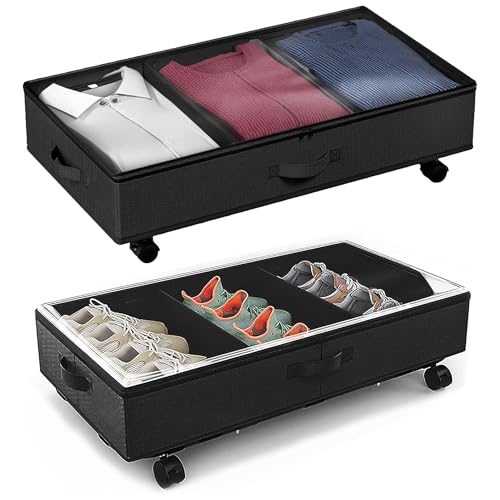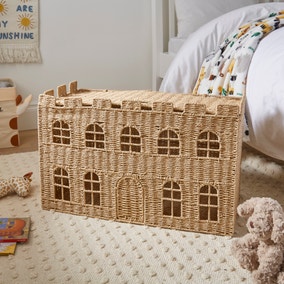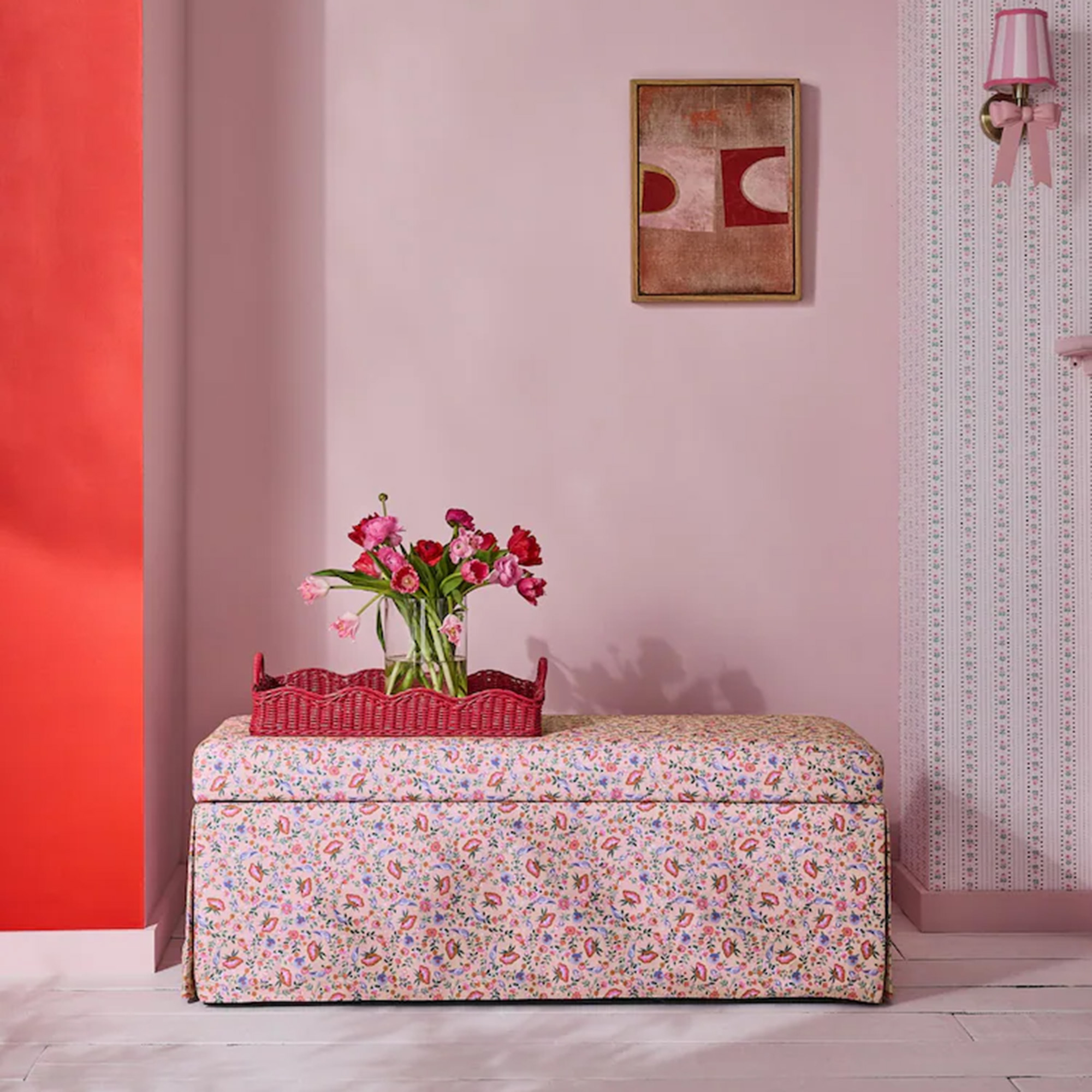5 kids’ bedroom design mistakes that are making it impossible to keep tidy and how to fix them
Experts reveal the common reasons your kids' bedroom always looks messy

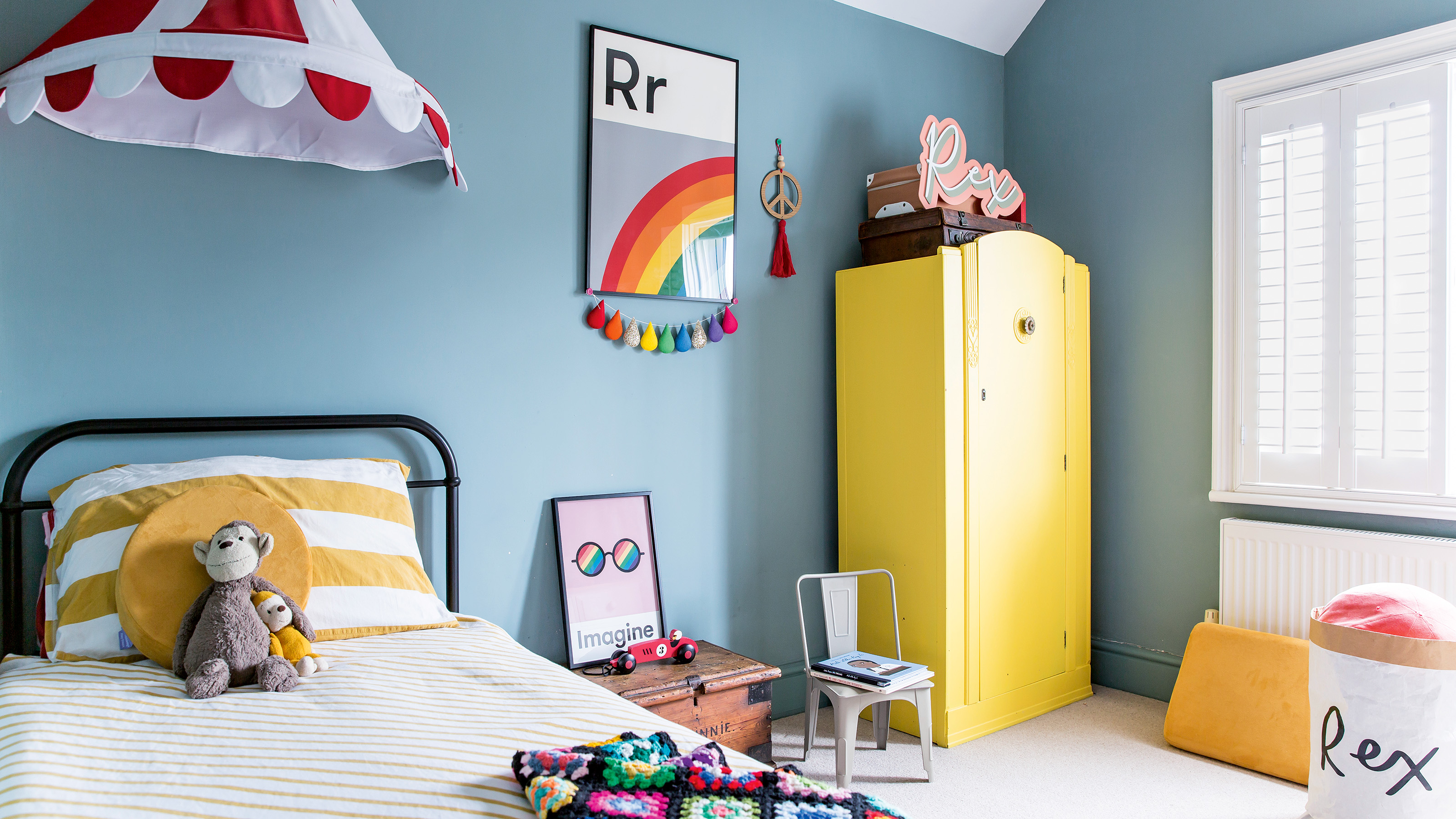
Tidying up a kid's bedroom can sometimes feel like a battleground – especially once they get old enough to take responsibility for their own space.
The solution to a messy children's bedroom might seem to be adding more toy storage ideas or other storage solutions, but this can only add to the problem, cluttering the space further.
Instead, try to get to the root of the problem. Look at your space and see if you can spot any of these kids' bedroom design mistakes that can make tidying impossible. Making a few design adjustments can help you achieve that elusive tidy children's room.
1. Having a standard bed
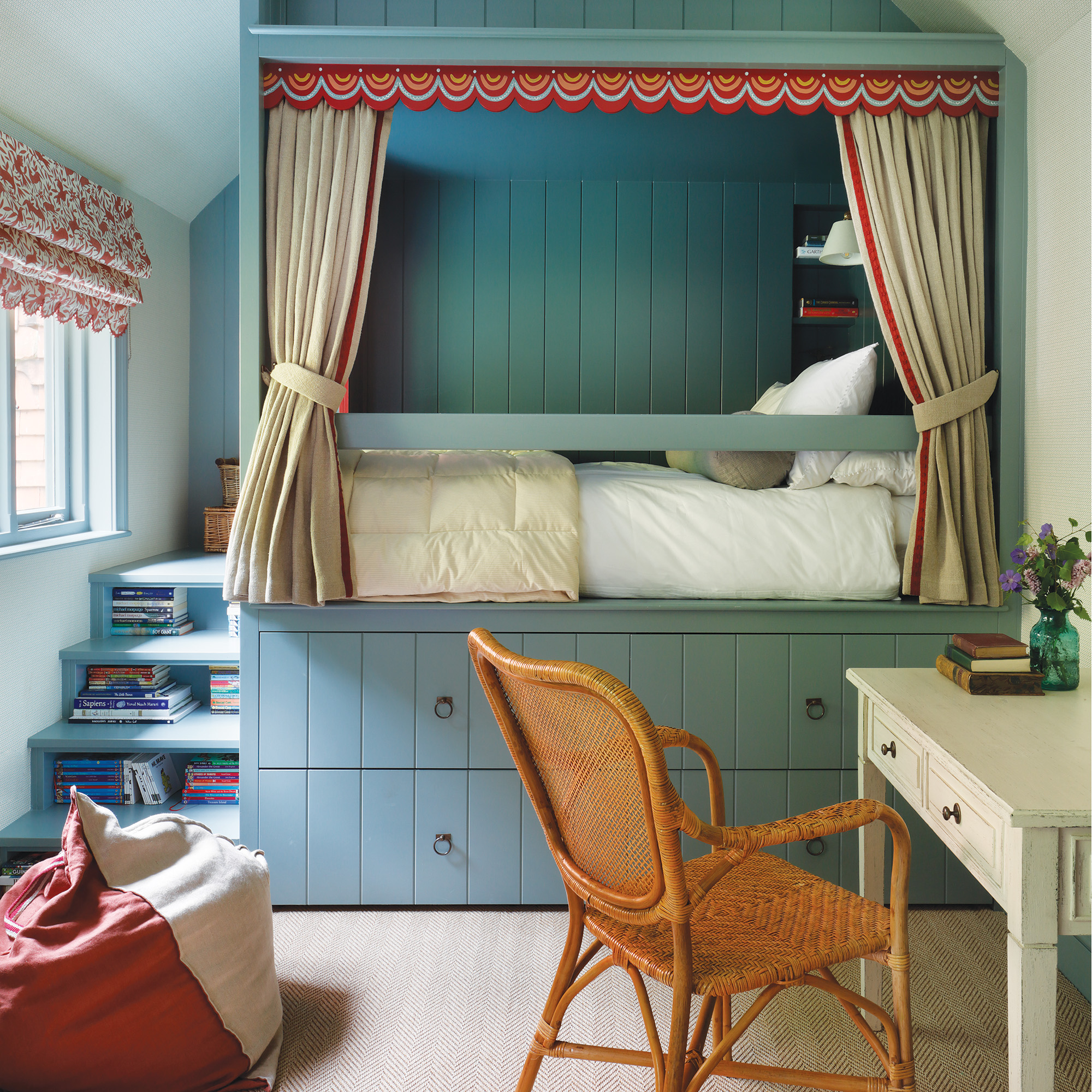
Children's rooms can be quite small, meaning that every inch needs to count. The bed – even a small single – will occupy a significant amount of the floor space, with wasted space both above and below. Optimising these spaces enables you to maximise storage without filling the room with endless amounts of children's bedroom furniture.
Lift-up ottoman beds can pose a safety risk for primary-school-aged children, as the beds are heavy and require catches to be used to keep them safe. Designs such as this Margot bed from Dreams feature a large end drawer, offering a tidier alternative to beds with open sides.
A more efficient, though pricier option, is a bespoke built-in bed. ‘We often design built-in beds in children’s rooms as the additional storage helps to leave as much floor space free for play as possible. Built-in beds create cosy nooks which children love and we usually manage to sneak in a pull-out trundle beneath, perfect for sleepovers,’ says Bunny Turner, co-founder of Turner Pocock.
In this design, the space beneath the steps creates an accessible book storage idea, while the recess above the bed is useful for items you don’t want little ones to get their hands on. One deep drawer provides storage for toys or clothes, while the other reveals a pull-out trundle bed, perfect for sleepovers.
Sign up to our newsletter for style inspiration, real homes, project and garden advice and shopping know-how
2. Not opting for child friendly storage
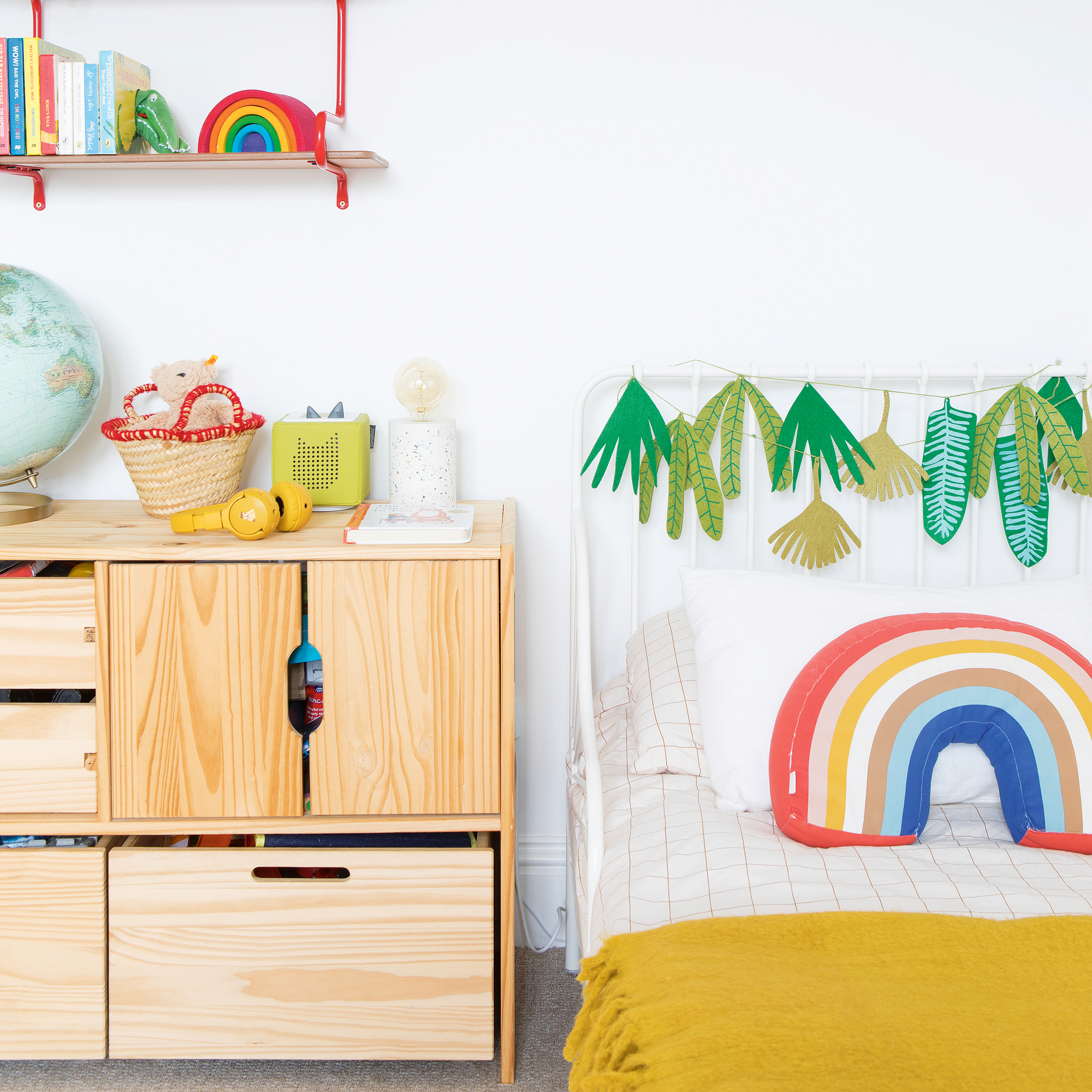
Approach your organisation's strategy from the perspective of your child.
First, think about accessibility. If they can't get an item out, they can't put it away. It might seem like a simple idea, but making the organisation child-friendly can prove transformative. Everything that you want them to put away should be within reach and not too heavy. This includes coat hooks, toy storage and drawers.
Second, think about likelihood. The secret to a tidy children's room – or indeed a tidy house – is to make tidying super easy. Minimising the steps needed to put an item away will mean items are less likely to be left out.
For example, it is highly unlikely that your child will hang up their dressing-up clothes in a bedroom wardrobe after an impromptu fashion show – even if it would look better – but gathering the various garments, putting them back in a toy box and closing the lid is much more feasible.
The same applies to anything that requires sorting by colour or type. A box filled with a mix of crayons, felt-tips, pencils and pens will be more efficient than having separate labelled boxes or pen pots for each. This approach can also be applied to playroom ideas.
After all, if it looks tidy, drawers can open and close freely, and you can open the wardrobe or a cupboard without being caught in an avalanche of stuff, then the room is tidy, even if it is not Pinterest levels of professional organisation.
3. Squeezing too much furniture into the room
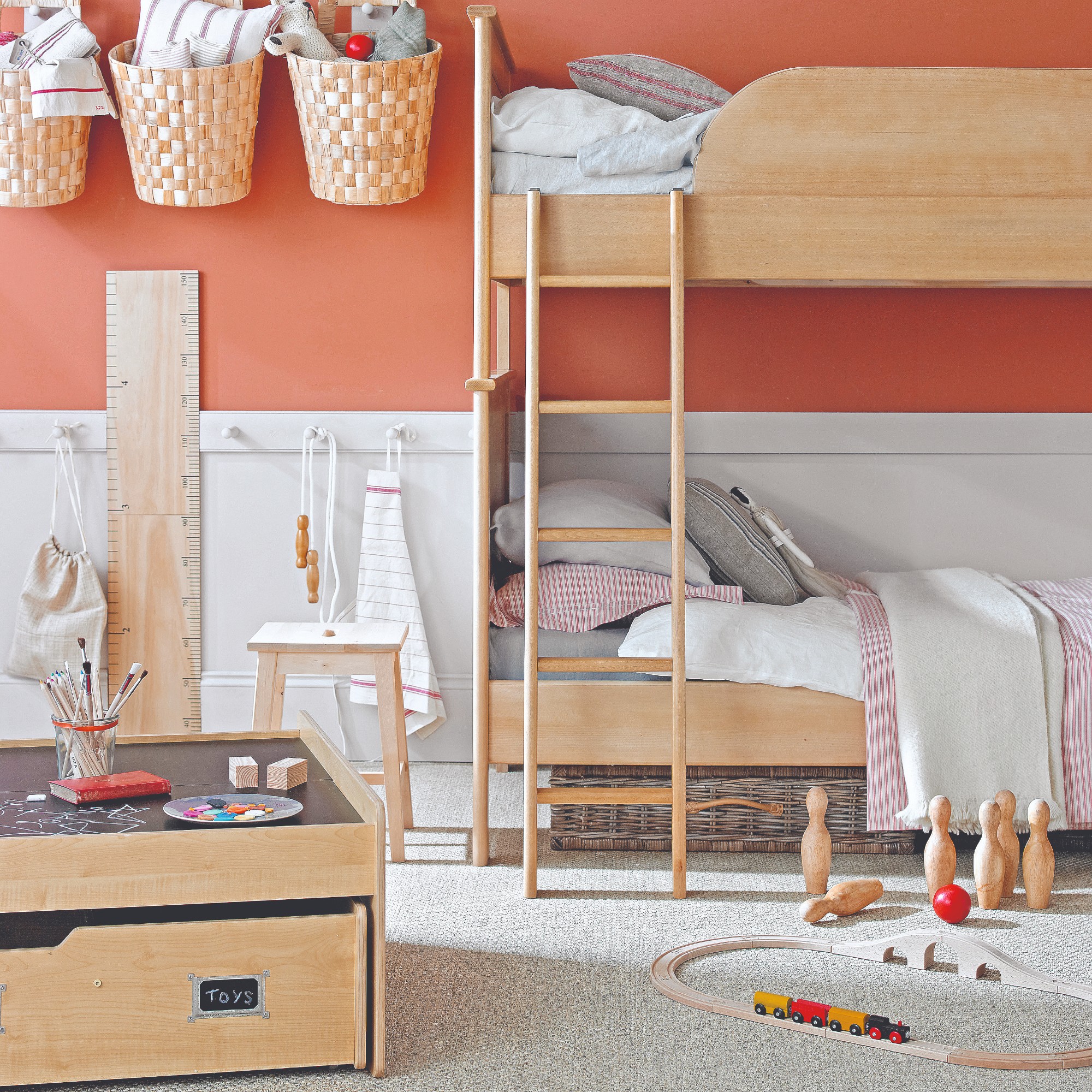
If the room is small, then capitalising on the amount of uninterrupted floor space should guide your layout. Not only does optimising the amount of floor space provide plenty of space for your child to play, but it also helps to create the illusion of a larger space.
Hidden toy storage is essential. Super slim shelves for the wall, like these ones from Amazon, provide the ideal way to house books or select toys – removing the need for freestanding bookshelves that command precious floor space. However, because the shelves are slim, they can't become repositories for too much clutter.
Furthermore, multifunctional furniture – like this 3-in-1 Convertible Kids Bench from Amazon – reduces the number of pieces of furniture cluttering the room without compromising functionality or storage. Movable pieces of furniture are also valuable – such as this Storage Cart from Amazon – which provides greater flexibility, enabling items to be moved out of the way.
When you reach a point where you think you might need more storage, then it's time to declutter your children's room. Buying more storage is rarely the solution – if you buy another cupboard, you will inevitably fill it, only leading to the purchase of more storage further down the line.
4. Opting for open shelving
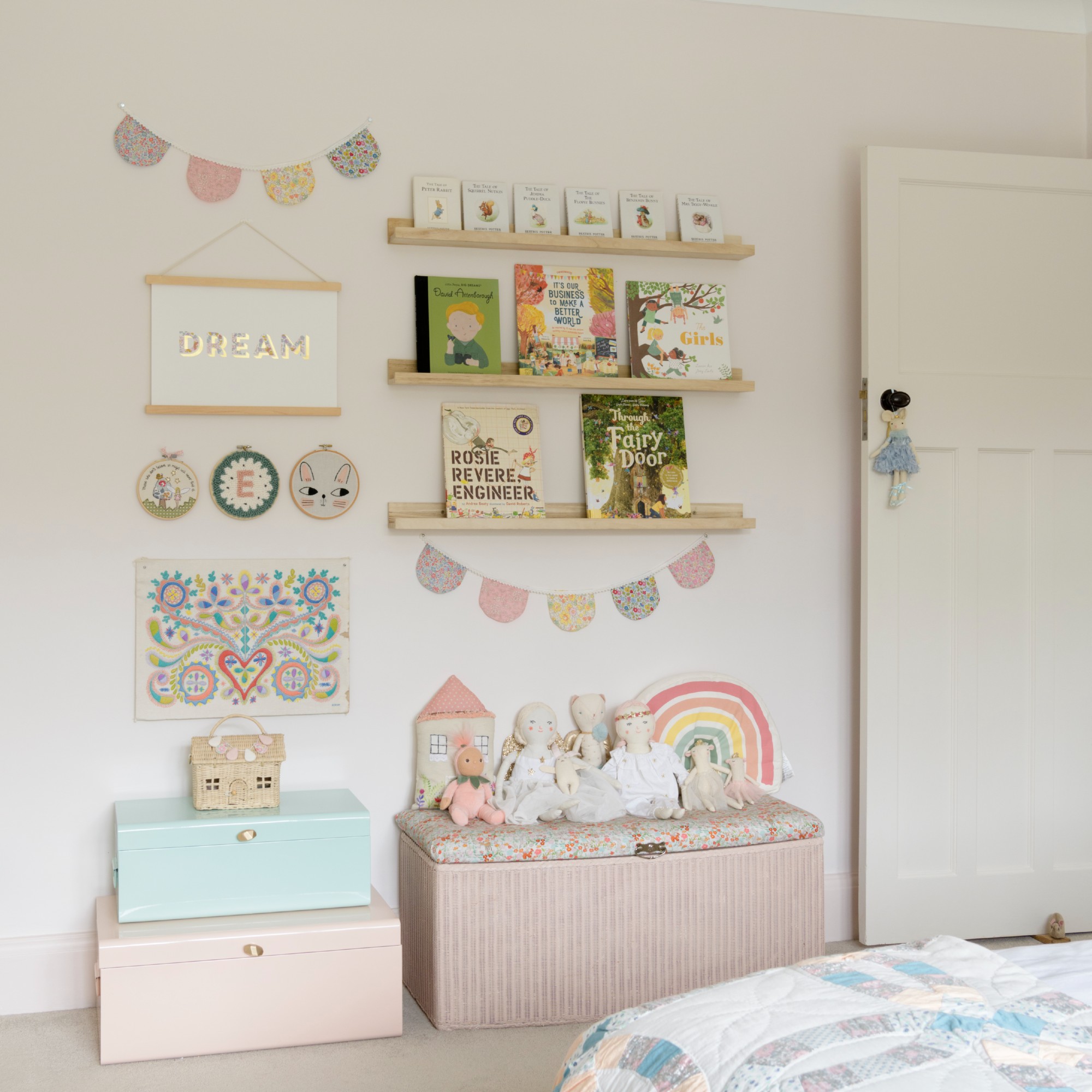
While open shelving might seem like a brilliant way to make decor from your child's adorable wooden toys and favourite books, the reality is far from the truth. In the most part, children don't understand curated displays, and quickly, the open shelf will become cluttered with half-built Lego structures and random plastic toys. This means that the room will always look messy, even when everything is technically tidied.
‘To make a bedroom look less cluttered, use closed storage like cabinets and toy boxes to hide toys and maintain a tidy appearance,’ says Alex Tolofson from Nöa & Nani. ‘Limit the number of visible toys by displaying only a few favourites and storing the rest out of sight.’
If you do want to use floating shelves for decor, these should be positioned out of the reach of children (both now and in the future). Use the shelves to display toys that are not meant for play (such as pieces that hold sentimental value) or beloved books that you want to keep in good condition.
5. Choosing bins and cubbies over drawers

Bins and cube cubbies – like the classic Ikea Kallax unit – initially seem like the perfect solution to a messy children's bedroom. Everything can easily be thrown into the right boxes when it's bedtime. However, with this method, the opposite is also true. Everything can be easily thrown out.
Can't find that specific toy? Cue the row of six cubbies being dumped out on the floor into a large, messy pile, which then has to be sorted and put away. Something that your child is not going to do before they go and play with the toy they were looking for in the first place.
Instead, opt for large drawers, ottoman benches, or heavy underbed boxes that provide plenty of storage without the risk of the contents being tipped out onto the floor. These larger boxes also provide plenty of room for rummaging to find that precious item without the mess.
Have you found any of these design mistakes have made it harder to keep your kids room tidy?
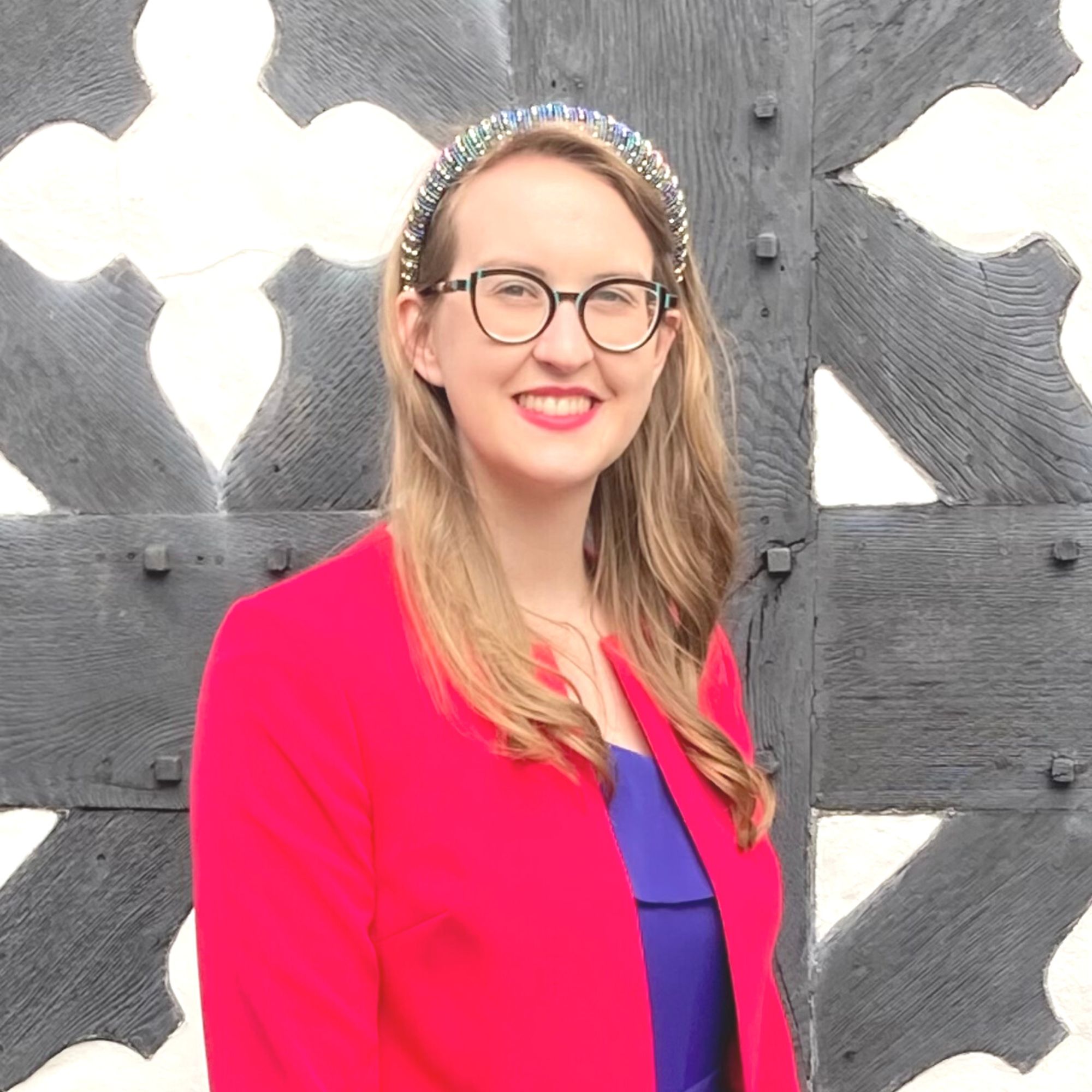
Holly is one of Ideal Home’s content editors. Starting her career in 2018 as a feature writer and sub-editor for Period Living magazine, she has continued this role also adding regular features for Country Homes & Interiors and the Ideal Home website to her roster. Holly has a passion for traditional and country-inspired interiors – especially kitchen design – and is happiest when exploring the countryside and hills of the Lake District. A keen gardener, she is a strong believer that you can never have too many houseplants.
